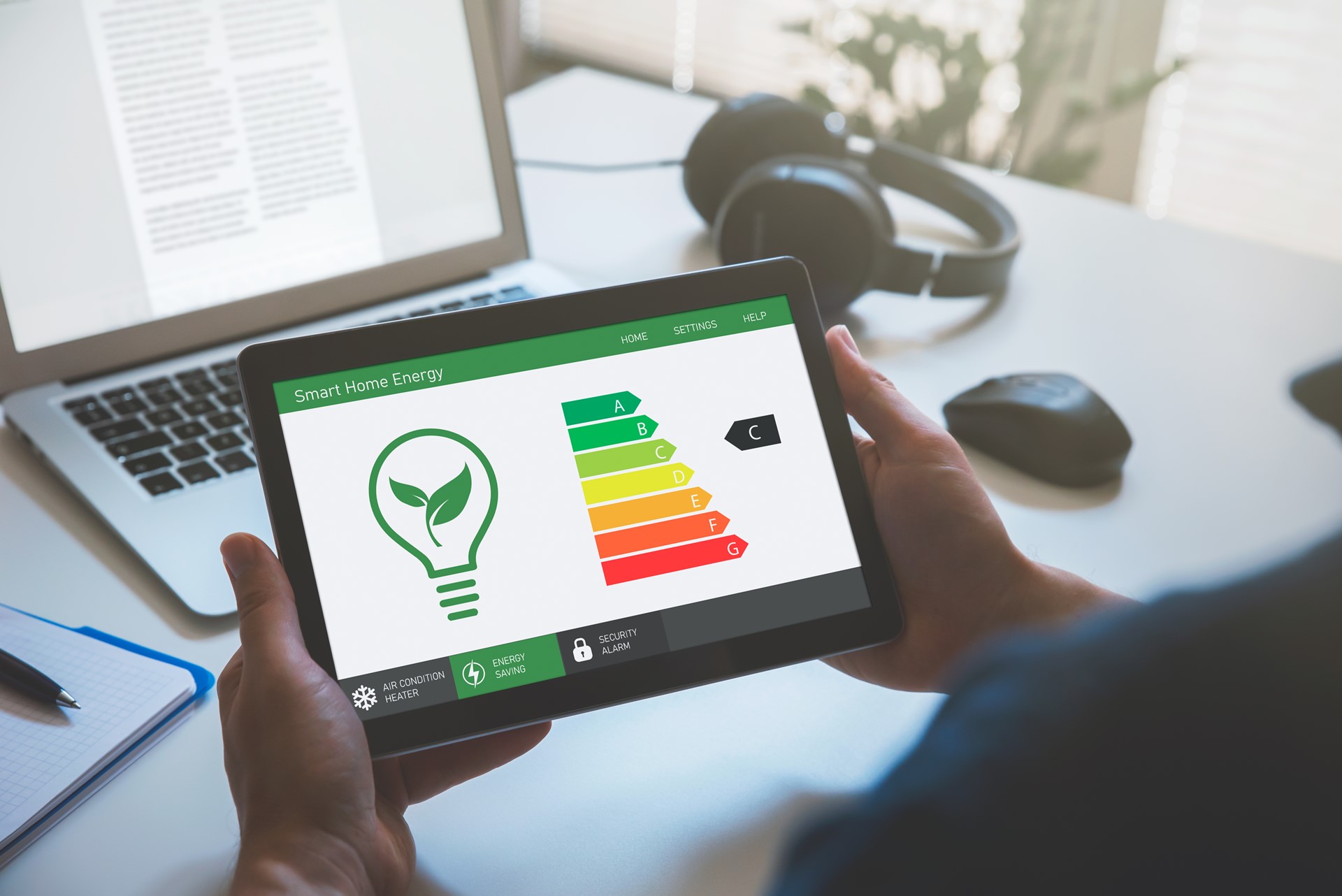
How to save energy: preparation
Read time: 4 minutes
Since 2021, energy costs have more than doubled for most businesses. In this guide, we look at the key drivers impacting high energy costs, and share low and no cost solutions that will help you reduce your energy bills.
As the saying goes: if you don’t measure it, you can’t manage it.
Understanding where and when you’re using energy is a vital pre-requisite to identifying and quantifying good energy-saving projects. You can do this in several ways, depending on your circumstances:


Tracking your energy use over time in a visible format will help you to spot anomalies in consumption. These anomalies should be your first go-to target for saving energy because they are likely signs that energy is being consumed wastefully or equipment is being left on accidentally.
The example below is a comparison of two months’ worth of half-hourly energy data at a business using a relatively straightforward contour chart in Excel. This is a quick and easy way to spot anomalies and identify energy being used outside of normal patterns or hours.


You can see very clearly that a lot more energy is being used in the second month. Does this reflect increased business activity, or is there another reason for this change?
There has also been a jump in consumption in the evenings. Why is this? Perhaps processes or shifts have changed and it has resulted in equipment being left on at the end of the day.
You should also use your energy data to identify your baseload. Also known as phantom load, this is the level of energy consumption that is always running continually in the background.
Your baseload is important to look at because it will include machinery or equipment that may be left on standby and therefore constantly consuming energy every day unnecessarily. Your baseload can build up to quite considerable amounts of money over a year, especially now, so try to identify every item that contributes to it and see what can be managed better.
Once you have a process in place for collecting and visualising your data, the next step is to walk around your site at different times of the day (including during breaks and after closing), using your data as a guide.
As you survey your site, keep an eye out for when and where people may be adjusting temperatures for heating, or times when different equipment or machinery are being used. Take note of every item that is being left on unnecessarily.
The ‘people element’ of how energy is used is something that many businesses underestimate. The only way you can achieve lasting, embedded energy savings that continue to pay back indefinitely is by bringing everyone along with you on the journey.
Encouraging and incentivising staff to adopt more energy-efficient behaviours will also generate energy savings faster than any other method and often at no upfront cost – making an instant impact on your bottom line.
Making sure equipment is being used as efficiently as possible by staff will also help to extend the life of your equipment, saving you more money in the long run.


Need advice on how to engage your teams? Read our blog on tips and techniques to engage your workforce to accelerate sustainability action.
Bring together a team of like-minded people who have a good understanding of what’s required to save energy throughout your business. The team should meet regularly to discuss opportunities and assign responsibilities for taking action. Make sure the group is representative of every level of your organisation, from upper management to those at the coalface.
The team should be responsible for engaging with everyone in your organisation to gather their energy-saving ideas. It’s the people on the frontline who are most likely to have noticed wasteful processes you may not be aware of.
If you’re struggling to get people to come along with you as a matter of urgency, there are various ways of offering incentives. Here are just a few ideas:
As you can’t physically ‘see’ energy, it’s absolutely vital that you have processes in place for regular feedback so everyone can see the results of the changes they’re making:
Only by making the right behaviours routine and habitual will you save energy indefinitely.
This is the first guide in our series on How to save energy - scroll down for links to more tips and techniques...
Access funded support to help you reduce energy and save money.
Read our series of blogs to help you reduce energy in your business.
What is the energy cap and how are gas and electricity bills changing? BBC